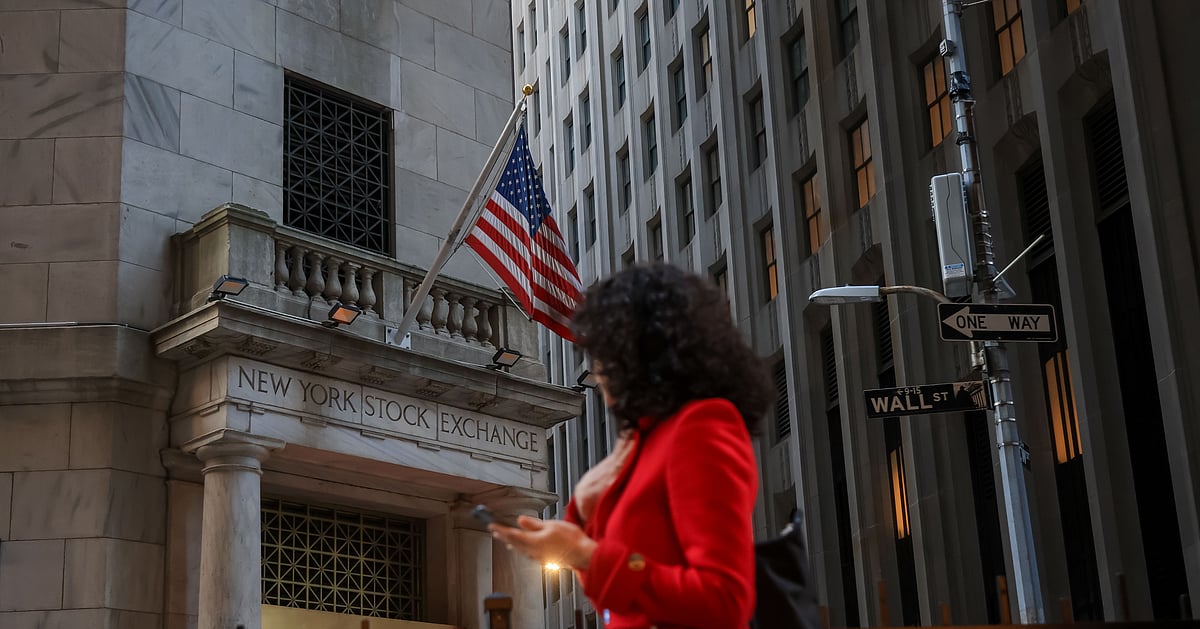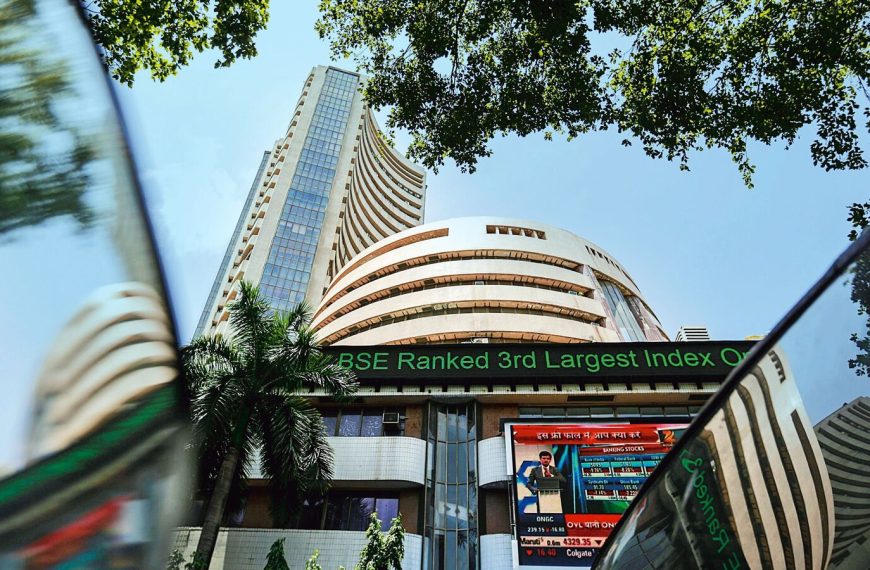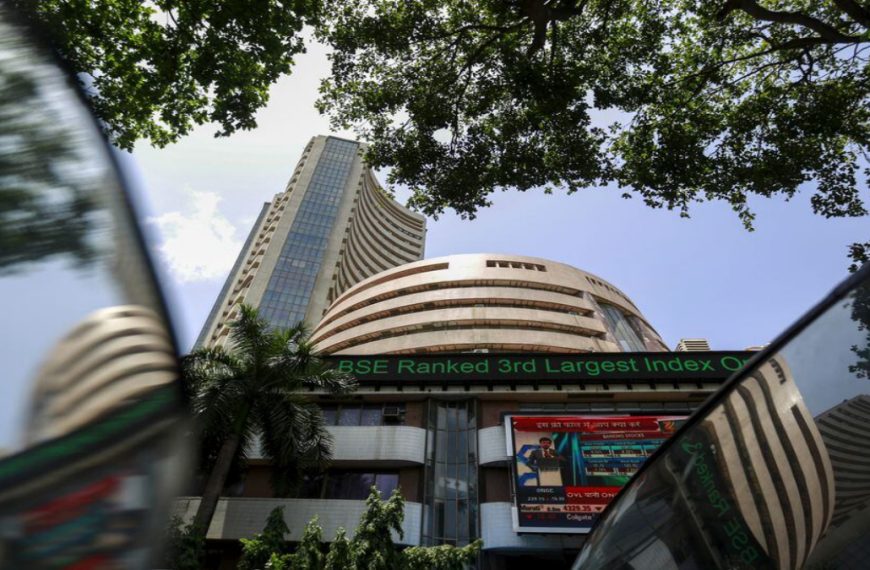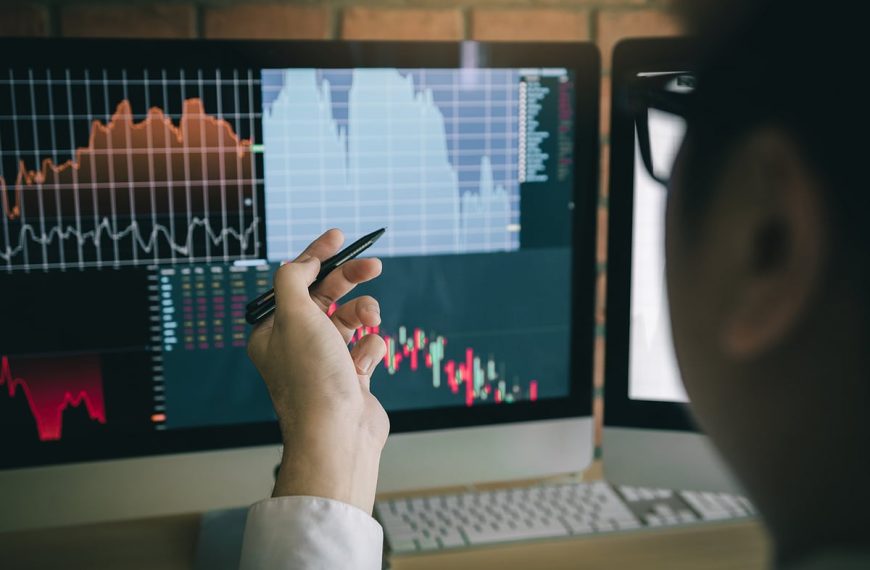The recent downturn in the S&P 500 Index has raised alarm bells among investors, marking its first significant correction since late 2023. As the index tumbles by 10% from its peak on February 19, worries about a potential economic slowdown have led many to shift their investments from riskier assets to safer options. At 1:27 p.m. in New York, the S&P 500 was down 1.5%, settling at 5,528.88, a stark contrast to its recent record high of 6,144.15.
Key Contributors to the Decline
Major technology companies, including Apple Inc., Nvidia Corp., and Alphabet Inc., have played a significant role in the index’s downturn. The tech-heavy Nasdaq 100 has also been affected, entering its own correction phase on March 7 and experiencing a 1.3% decline.
“Fear has taken the reins in the market right now,” explained Adam Sarhan, founder of 50 Park Investments. He noted that the unwinding of the so-called “Trump trade,” coupled with mounting recession concerns, is influencing investor sentiment.
Economic Growth Concerns
Recent weeks have seen a rapid decline in equity sentiment, as economists lower growth projections amid fears of an escalating trade war. The situation intensified when President Donald Trump expressed in a Fox News interview on March 9 that the U.S. economy is undergoing a “period of transition” and did not dismiss recession fears.
Dennis DeBusschere of 22V Research provided a sobering outlook, suggesting that the U.S. economy might see growth stabilize between 1.5% and 2% in the coming year, a decrease from the previous 2.5%.
Mega-Tech Selloff Impact
The mega-cap tech stocks, which have significantly fueled the S&P 500’s gains over the past two years, are now witnessing a selloff. Investor confidence in the future of artificial intelligence and high-growth assets is waning, prompting a retreat from riskier investments.
As volatility rises, analysts are adjusting their predictions. Morgan Stanley anticipates that the S&P 500 could drop by as much as 5% to 5,500 in the coming months due to pressures from tariffs and reduced fiscal spending. Similarly, JPMorgan Chase & Co. and RBC Capital Markets have moderated their optimistic forecasts for 2025.
Shifting Sector Performance
The shift away from risk is evident in the year-to-date performance of sectors within the S&P 500. Traditionally strong areas such as consumer discretionary and information technology are leading the declines, while more defensive sectors like health care, real estate, and consumer staples are performing better.
This turbulence has also caused the S&P 500 to lag behind international markets, with U.S. equity indexes underperforming compared to those in Europe, China, Mexico, and Canada.
“The bears are dominating the market right now, and with every attempt to recover, we see another sharp drop,” Sarhan warned. “If this trend continues, we may soon witness a significant shift from a bull market to a bear market.”
In conclusion, as investor sentiment shifts and economic uncertainties loom, the S&P 500’s future remains precarious. Keeping an eye on these trends will be crucial for navigating the evolving market landscape.











